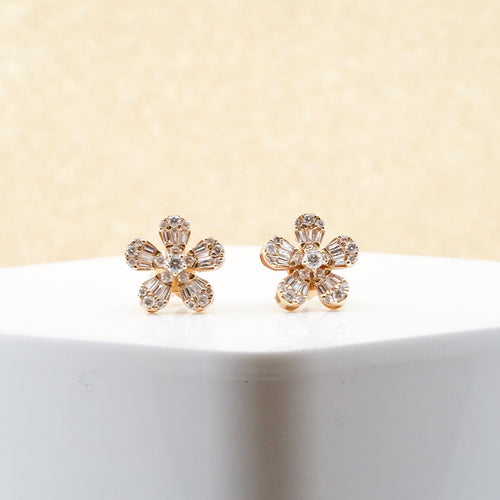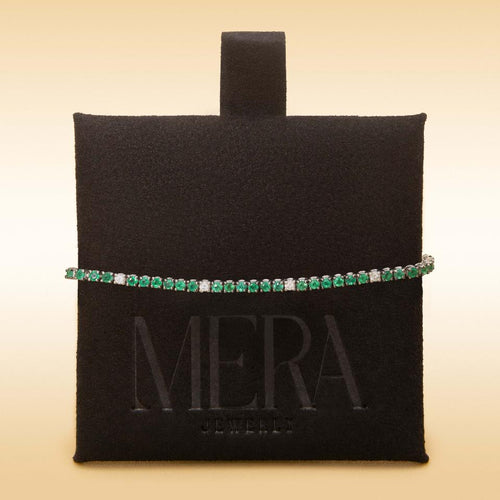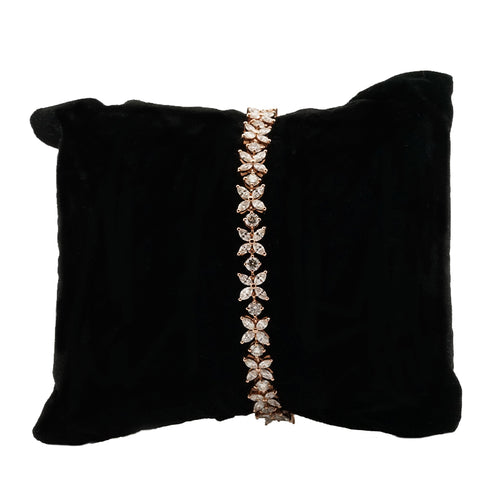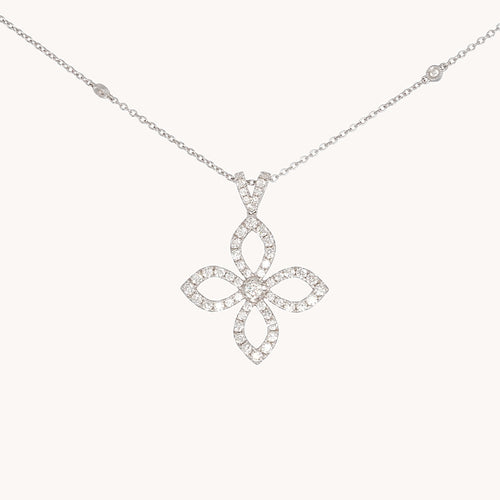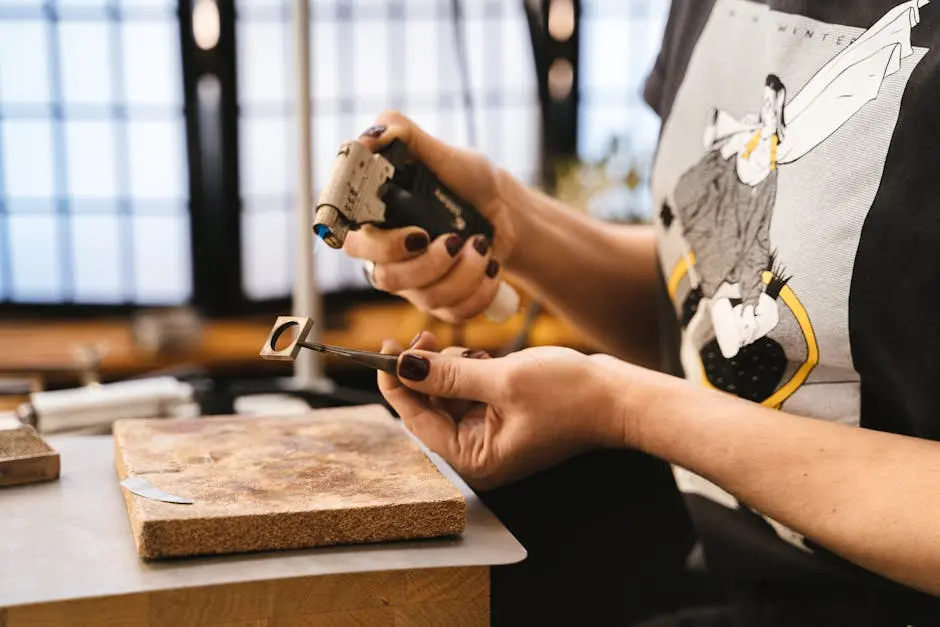Pendant settings are not just a means of holding a stone in place; they are an art form that enhances both the beauty and value of jewelry. Understanding the various types of pendant settings and the craftsmanship involved can help you appreciate how they contribute to the overall elegance of a piece.
Understanding the Role of Pendant Settings
Pendant settings serve both functional and aesthetic purposes. They securely hold the gemstone while highlighting its brilliance and enhancing the wearer’s personal style. One fascinating type of pendant that enhances such features is the enhancer pendant. Unlike traditional pendants, enhancer pendants stand out by allowing easy interchangeability, which adds a layer of versatility to jewelry styling. This type of pendant setting not only showcases the gemstone’s inherent beauty but also allows the wearer to adapt their look to different occasions effortlessly.
Each setting plays a crucial role in the overall design of a pendant. While some may prioritize showcasing the gem, others might focus on providing a unique touch to the jewelry piece itself. For example, a prong setting elevates the stone, giving it prominence and allowing light to flow freely, which maximizes the gem’s brilliance. On the other hand, a bezel setting encases the stone in metal, offering a sleek look while providing additional protection. The choice of setting can significantly affect the perceived value and uniqueness of the piece.
Exploring Different Types of Pendant Settings
From classic prong settings to modern tension settings, pendant settings are as diverse as the gems they hold. Prong settings are among the most common due to their ability to secure the gemstone while allowing maximum light exposure. This light exposure makes them ideal for diamonds and other precious stones where brilliance is key. On the other hand, the bezel setting is preferred for a more contemporary look. It offers a sleek, modern aesthetic while providing substantial protection to the stone, making it perfect for everyday wear.
Another innovative option is the illusion setting, which can make smaller stones appear larger by surrounding them with metal that reflects light. This kind of setting is particularly popular for those who want to maximize the wow factor of their pendant without investing in a larger gemstone. Additionally, cluster settings arrange multiple stones in various patterns, offering a dazzling effect ideal for statement pieces. Understanding these different types not only helps in making informed purchasing decisions but also allows for exploring unique styles fitting various occasions.
The Craftsmanship Behind Custom Settings
Creating a custom pendant requires a jeweler’s keen eye for detail and their deep understanding of both the gemstone’s properties and the client’s style preferences. This process often starts with in-depth consultations where the jeweler learns about the envisioned design and the type of stone to be used. They will then craft a setting that not only enhances the stone but also aligns with the wearer’s desires, creating a harmonious balance between form and function. Such craftsmanship ensures that each piece is not only unique but also an extension of the wearer’s personality.
Skilled artisans bring pendant designs to life using a combination of traditional techniques and modern technology. By employing Computer-Aided Design (CAD), jewelers can visualize intricate details before the actual crafting begins. This helps in minimizing errors and ensuring precision, particularly in complex designs. Furthermore, the process involves meticulous handwork, from shaping the metal to setting the stone, ensuring a seamless integration that achieves both balance and beauty. The craftsmanship of custom settings is where artistry meets technical prowess, resulting in jewelry that is timeless and personal.
How Pendant Settings Affect Jewelry Value
A well-crafted pendant setting does more than enhance the beauty of the gemstone; it can also substantially increase the jewelry’s resale value. The quality of the setting reflects the overall craftsmanship of the piece and can justify a higher price point. Materials used in the setting, such as platinum or gold, add intrinsic value, while the design can add artistic value. For instance, settings in classic designs often have enduring appeal, which can contribute to sustained value over time.
In many ways, the setting of a pendant acts as a frame to the jewel, enhancing the gem’s appeal while influencing its market value. A unique, intricate setting not only draws attention to the stone but also transforms the piece into a collectible item. For collectors and jewelry enthusiasts, the setting itself may represent a certain era or artistic movement, adding to its historical significance. Ultimately, the craftsmanship of the setting has the potential to elevate a simple pendant into an heirloom piece that’s treasured across generations.
Appreciating the Artistry of Pendant Settings
Whether you’re a jewelry enthusiast or simply appreciate the artistry behind it, understanding pendant settings can deepen your appreciation of fine jewelry. The next time you admire a pendant, you’ll know that its allure is as much about the setting as it is about the gem.
